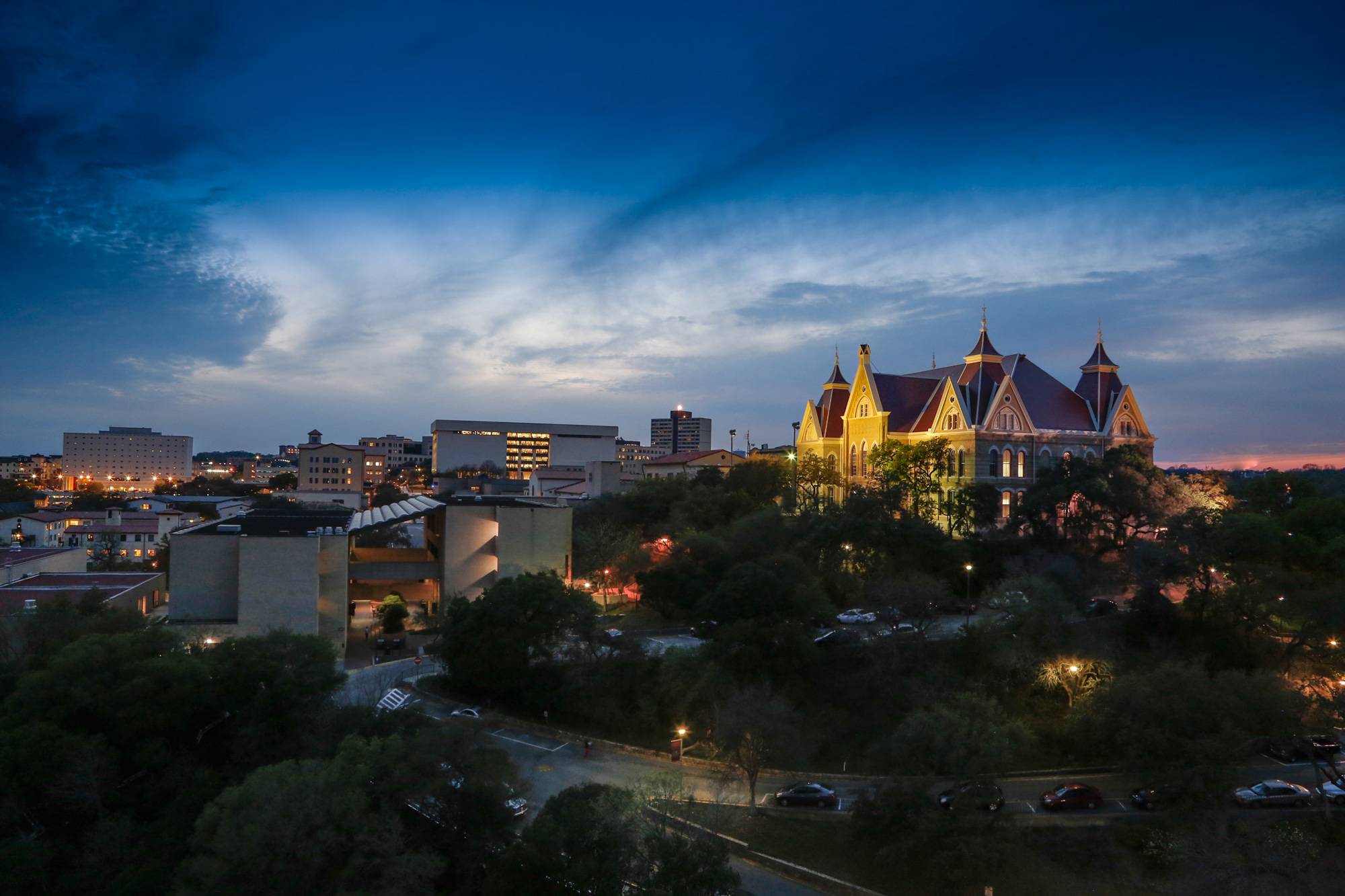Campus Safety Update
Mr. Eric Algoe, VPFSS, attended the President's Academic Advisory Group meeting with the Faculty Senate on Nov. 10, 2021 to give a power point presentation on Campus Safety. You may view the presentation here.
Highlights include:
- There are three committees under the University Safety Committee: Security and Personal Safety Committee, Environmental Health and Safety Committee and Research Safety Committee. All are active.
- Recent improvements to safety include an additional 200 lights across campus at a cost of $2.2 million, an audit of campus emergency phones, replacing first-call classroom door locks with manual locks at a cost of $800,000 and adding swipe card access for the primary exterior doors of all major academic buildings. The university will next begin removing physical keys for these doors from distribution.
- There is a new Emergency Operations Center that will open in January 2022. Three emergency management exercises were held in the previous year.
- The university published its first comprehensive Multi-Hazard Emergency Operations Plan in 2021.
- The university rolled out a cadet training reimbursement program for receiving training with a focus on diversity.
- The university increased walking, ATV and bike patrols and joined the Hays County Joint Emergency Communications Center.
- Old posters related to emergency procedures in classrooms displayed K-12 standards and, since 2017, have been replaced with ALERRT standards of Avoid, Deny, Defend.
- The campus safety/emergency procedures page on the Texas State website provides training on topics like active shooter scenarios. Each scenario contains videos co-produced by the ALERRT Center.
- Regarding communication messages related to life-safety situations, University Police send those without review or delay. Less-than-life threatening emergencies come from University Communications with a goal of getting the message sent in less than 20 minutes. Cabinet and University Communications regularly conduct training on this issue and have a Rapid Response Guide that outlines all protocols on this topic. The Rapid Response team is comprised of cabinet members, the police chief and others who are needed in emergency situations. It also contains people who are in the room, monitoring social media.
- Academic units and larger offices can reach out for UPD trainings or briefings of what to do during an emergency. These trainings can last anywhere from 1-3 hours. Algoe added the two most relevant trainings are Civilian Response to Active Shooter Emergencies (CRASE) and Standard Response Protocol (SRP). UPD regularly schedules trainings, but they will also hold the trainings by request.
